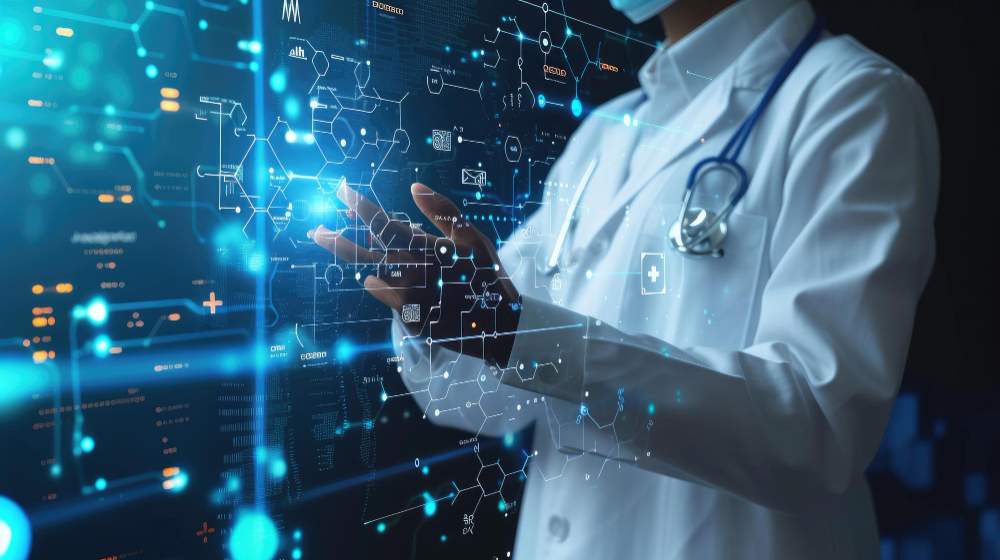Welcome to the dawn of a digital revolution in healthcare! Imagine a world where technology works hand-in-hand with healthcare professionals, enhancing their ability to diagnose, treat, and care for patients more effectively than ever before
Why Does Digital Transformation Matter?
Leveraging technology is the only way to implement value-based care, which prioritizes high-quality treatment, enhanced provider performance, and an improved overall patient experience.
Our experts have spoken to many hospitals about getting ready for digital transformation initiatives like cloud migration, improving surgical outcomes, Smart OT, and digital libraries. In these conversations, they advise hospitals to focus on integrating technology solutions seamlessly with existing workflows to enhance operational efficiency and patient care quality. In fact, 92% of healthcare leaders view improving patient experience as the top priority for digital transformation.
Let’s explore how key components of this digital transformation are reshaping various areas of healthcare.
Key Components of the Digital Revolution
Artificial Intelligence (AI)
Think of AI as a vigilant guardian in the healthcare sector.
- ICU: AI driven systems continuously monitor patient vitals, movements and other parameters, alerting medical staff to potential critical events before they occur.
- OT (Operating Theater): AI assists surgeons in planning and making real-time decisions, enhancing the precision of complex surgeries.
- OPD (Outpatient Department): Through advanced image analysis and predictive analytics, AI boosts diagnostic accuracy.
- Emergency: During emergencies, AI quickly analyses patient data, streamlining triage processes.
- Ambulance: AI delivers real-time patient data to hospitals, preparing them for immediate action upon patient arrival.
- Rural Health: Bridging geographical gaps, AI provides remote diagnostics and treatment recommendations, based on big data analytics, bringing quality care to underserved areas.
Video Conferencing and Collaboration
Imagine the power of a face-to-face consultation without the need to be physically present.
- ICU: Specialists can now visually examine patients remotely and view their vitals parameters, offering their expertise without stepping into the ICU.
- OT: During complex surgeries, real-time guidance from remote experts becomes possible.
- OPD: Virtual consultations reduce the need for travel, saving time and resources for patients.
- Emergency: Emergency responders and hospital teams can coordinate better through video collaboration even before the patient is brought into the hospital
- Ambulance: Paramedics can consult with ER doctors while en route, improving patient care during transport.
- Rural Health: Specialists can virtually reach remote areas, significantly improving access to healthcare.
Tele-Medicine
Tele-medicine brings healthcare right to your doorstep.
- ICU: Facilitates post-discharge follow-up and continuous monitoring from the comfort of the patient’s home.
- OT: Helps in pre-surgical consultations and post-operative care, reducing hospital visits.
- OPD: Offers routine check-ups and follow-ups virtually, making healthcare more convenient.
- Emergency: Provides immediate remote care guidance during crises, ensuring timely interventions.
- Ambulance: Continuous medical advice during patient transport ensures seamless care.
- Rural Health: Extends healthcare services to underserved areas, significantly improving health outcomes.
Patient Monitoring
Continuous monitoring is like having a healthcare professional by your side 24/7.
- ICU: AI driven systems detect early signs of deterioration, ensuring timely interventions.
- OT: Vital signs monitoring during and after surgery ensures patient stability.
- OPD: Analysing historical data helps track chronic conditions, alerting patients and doctors to any irregularities.
- Emergency: Real-time data analysis aids emergency teams take informed decisions.
- Ambulance: Vital sign monitoring during transport ensures prompt actions.
- Rural Health: Remote monitoring tools keep track of patients’ health, even from a distance.
Benefits and Impact
- Enhanced Patient Interaction: Improved communication between patients and healthcare providers fosters better relationships and understanding.
- Optimized OT and ICU Experiences: Higher accuracy and efficiency in critical care settings lead to better patient outcomes while ensuring sanctity of sterile environments.
- Advanced Medical Education: Digital tools and remote consultations facilitate continuous learning and skill enhancement for healthcare professionals.
- Improved Patient Safety: Better data management reduces errors and enhances overall patient safety.
For more than 25 years, our ultimate goal has been to see how digital technologies facilitate the health and well-being of patients. Our gratitude goes out to all the healthcare experts who have helped develop and improve these systems over the years. Whether through video interviews, survey responses, or as panel speakers, the collective insights shared with us have been instrumental in advancing digital communication between physicians and patients at a time when healthcare information was critical.
The journey of digital transformation in healthcare is ongoing, and its potential is boundless. As we continue to integrate these technologies, we can look forward to a future where healthcare is more efficient, accessible, and personalized. The collaboration between technology and healthcare professionals will pave the way for innovations that were once unimaginable, ultimately improving the quality of life for patients around the world.



